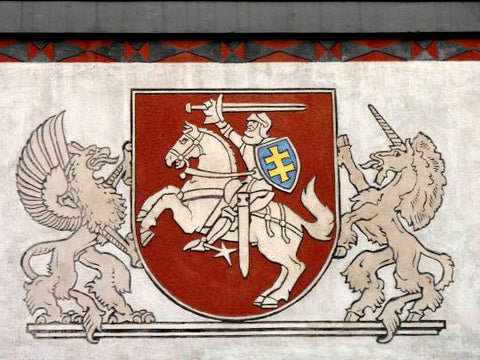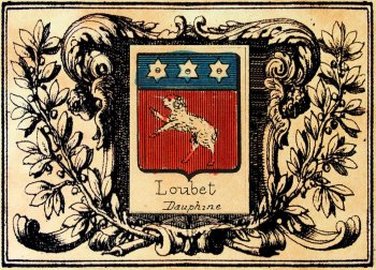
Heraldry and personal honor

Today most people who posses a Coat of Arms regard it as no more than an interesting relic of an ancestral past; privately they may feel a sense of pride and satisfaction in the evidence of noble forbearers. However personal Heraldry is no longer indicative of class or privilege. The writer Stubbs has noted that in earlier times however “the coat armour of every house was a precious inheritance, which descended, under definite limitations and with distinct differences, to every member of the family: a man’s shield proved his gentle or noble birth, illustrated his pedigree, and put him on his honour not to disgrace the bearings which his noble progenitors had worn”. The Coat of Arms was the shrine of personal honor, as closely associated with its owner as own name, and a man was doubly disgraced if he suffered an armorial degradation. An armorial degradation was the stripping of ones Arms due to some heinous act. In the reign of Edward II, the two Lords Despenser were purposely dressed in their full coat of Armour before they were hanged, drawn and quartered.
 The right to the exclusive use of a particular Coat of Arms was jealously guarded. When, in 1375, Sir Richard le Scrope and Sir Robert Grosvenor were found to be using the same Arms, Azure a bend or (A blue shield with a gold diagonal line), since pride prevented either of them from voluntarily relinquishing their Arms, Richard II decided that the dispute should be settled by a duel. Grosvener lost and had to change his Coat of Arms. He added a silver border to differentiate from those of le Scrope who complained that this change was insufficient. Grovesner then took for Arms a sheaf of wheat upon a blue shield Azure a garb or which was derived from the Arms of the old Earldom of Chester. The sheaf of wheat is still borne on the Arms of the Duke of Westminster.
The right to the exclusive use of a particular Coat of Arms was jealously guarded. When, in 1375, Sir Richard le Scrope and Sir Robert Grosvenor were found to be using the same Arms, Azure a bend or (A blue shield with a gold diagonal line), since pride prevented either of them from voluntarily relinquishing their Arms, Richard II decided that the dispute should be settled by a duel. Grosvener lost and had to change his Coat of Arms. He added a silver border to differentiate from those of le Scrope who complained that this change was insufficient. Grovesner then took for Arms a sheaf of wheat upon a blue shield Azure a garb or which was derived from the Arms of the old Earldom of Chester. The sheaf of wheat is still borne on the Arms of the Duke of Westminster.








